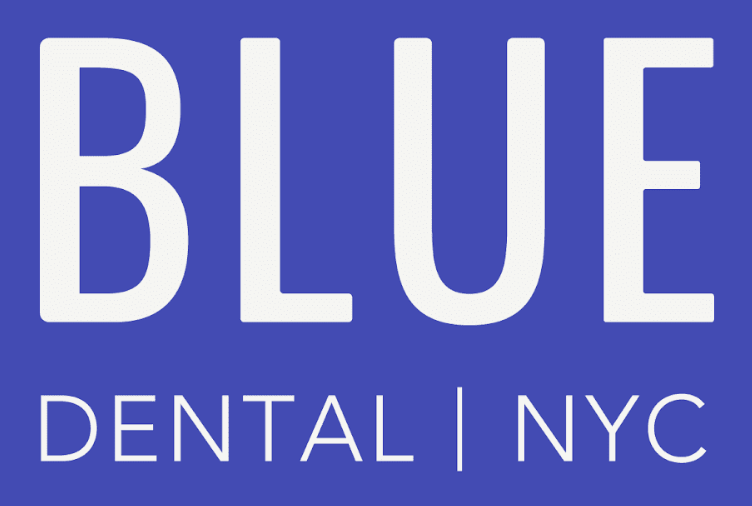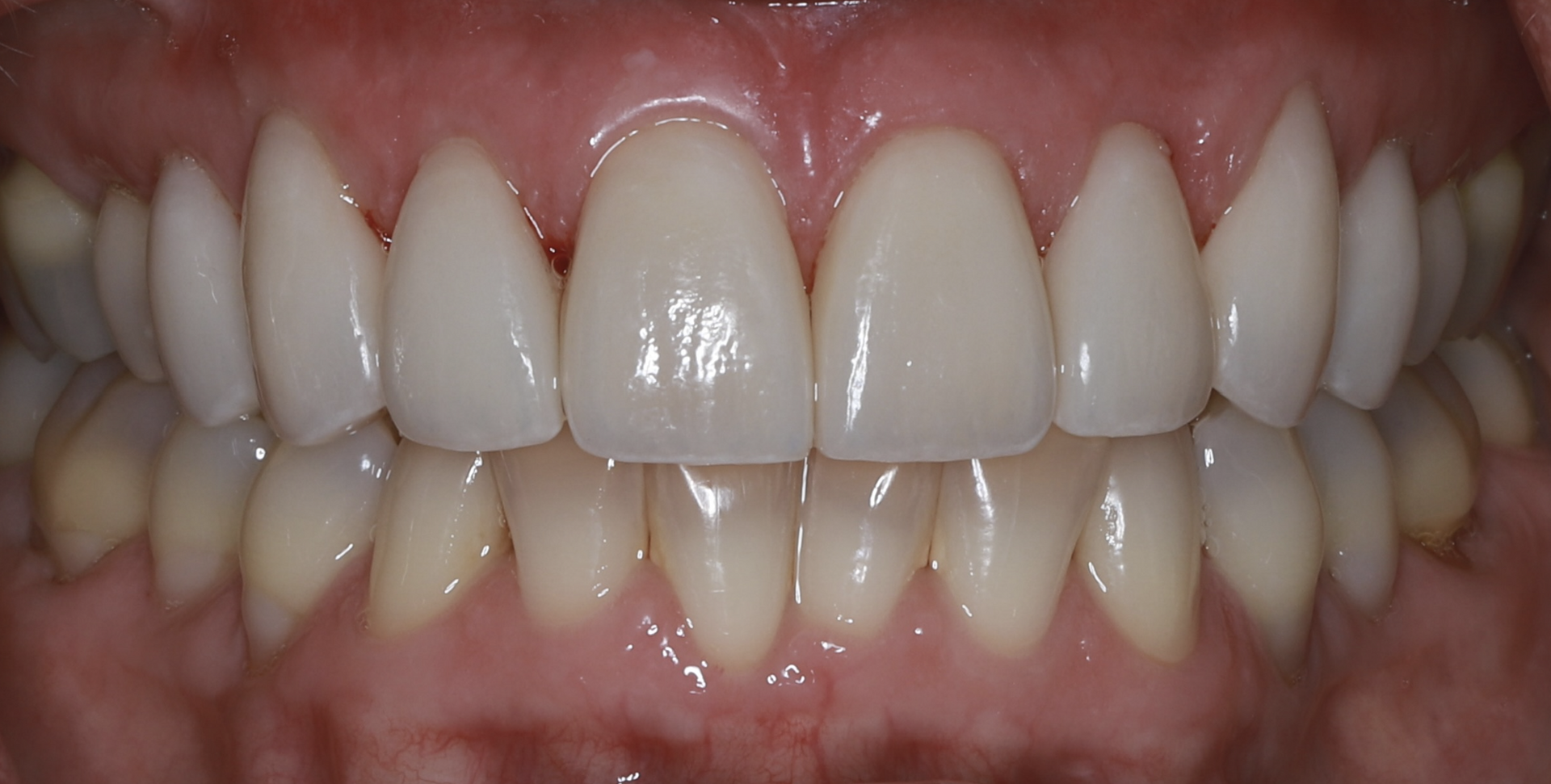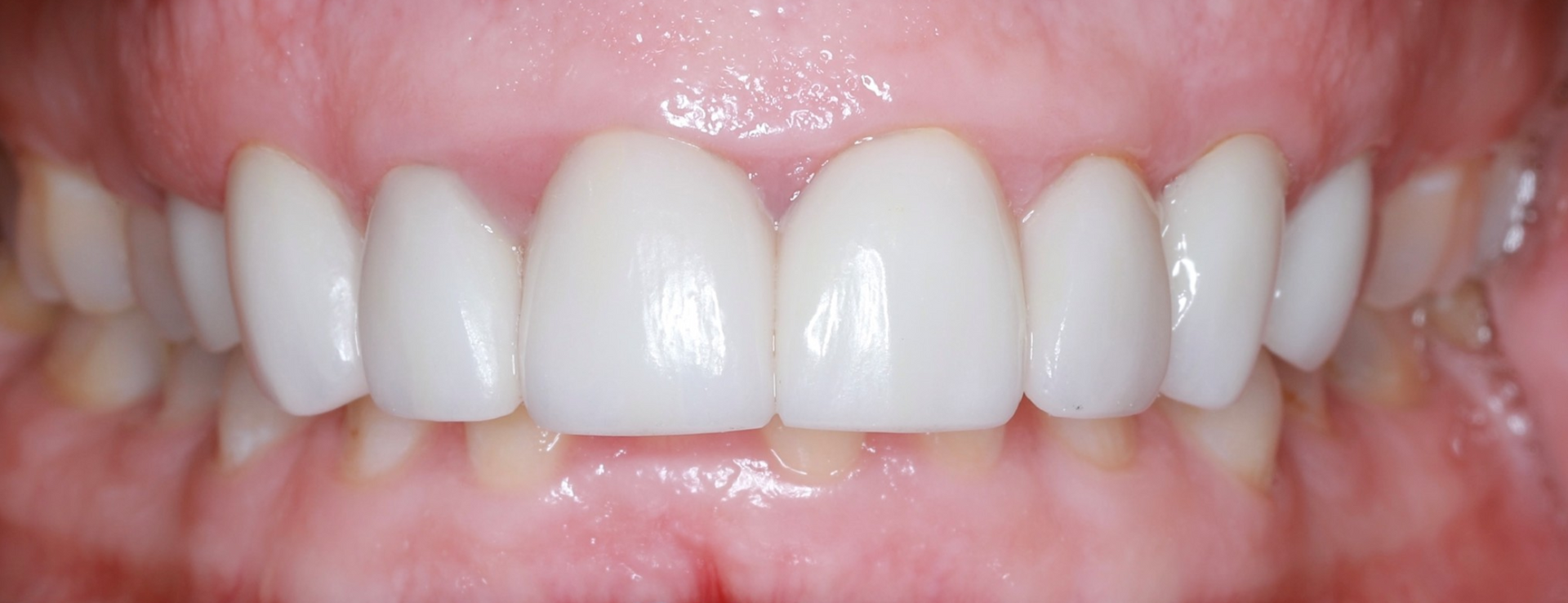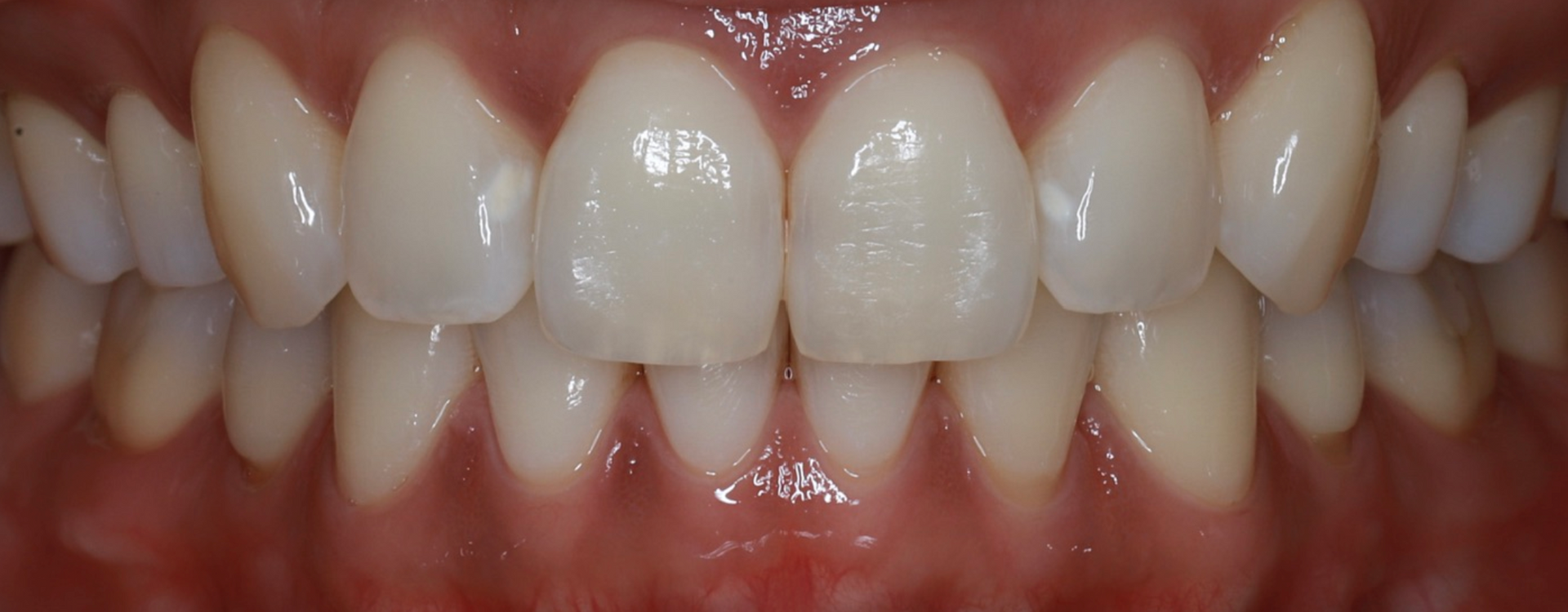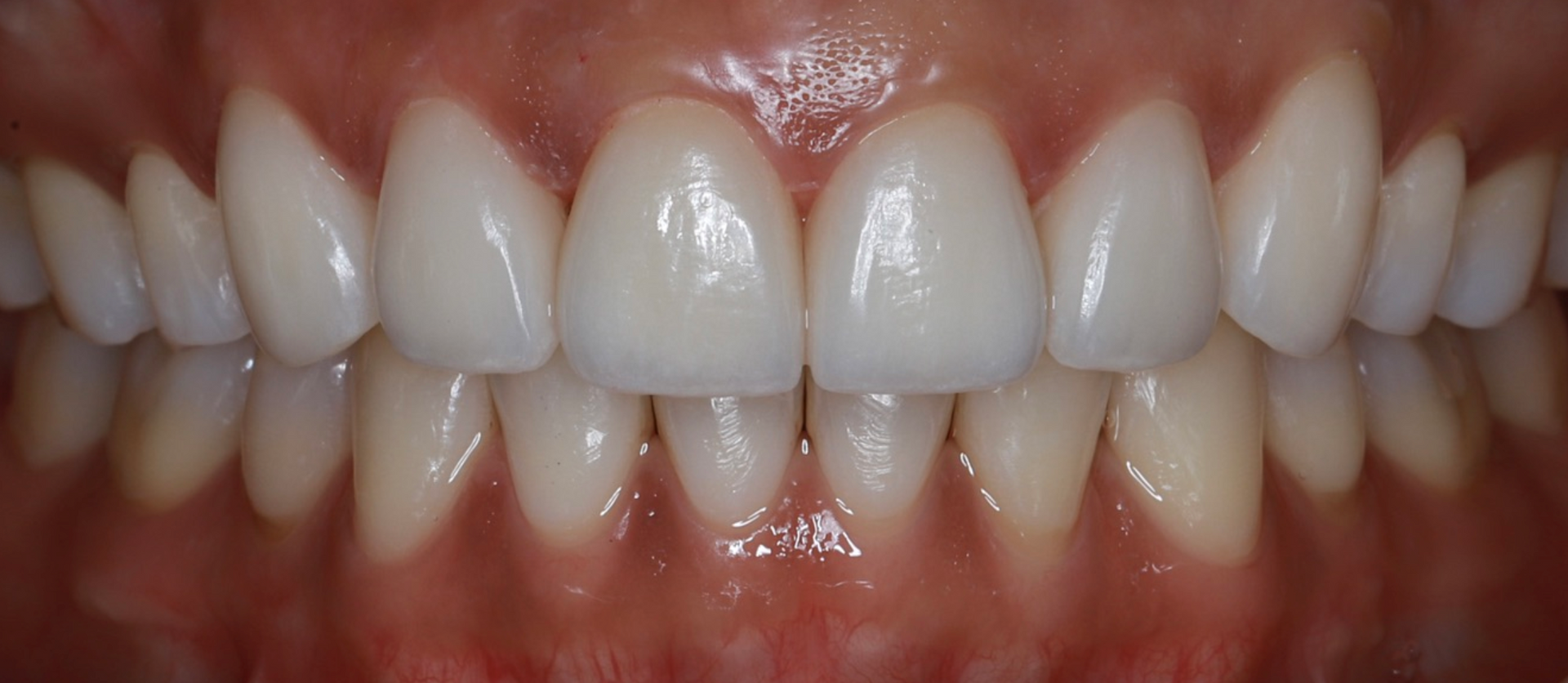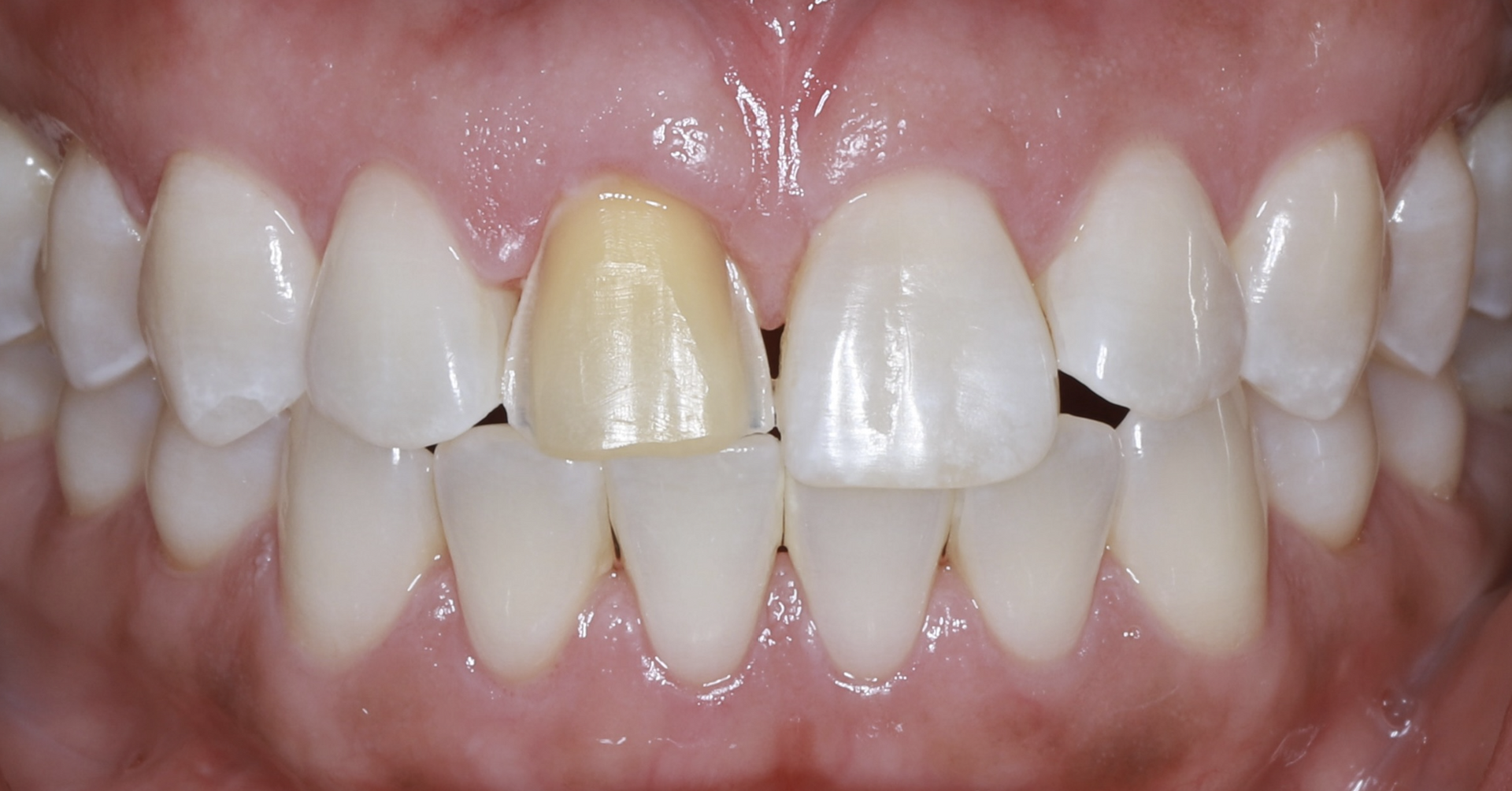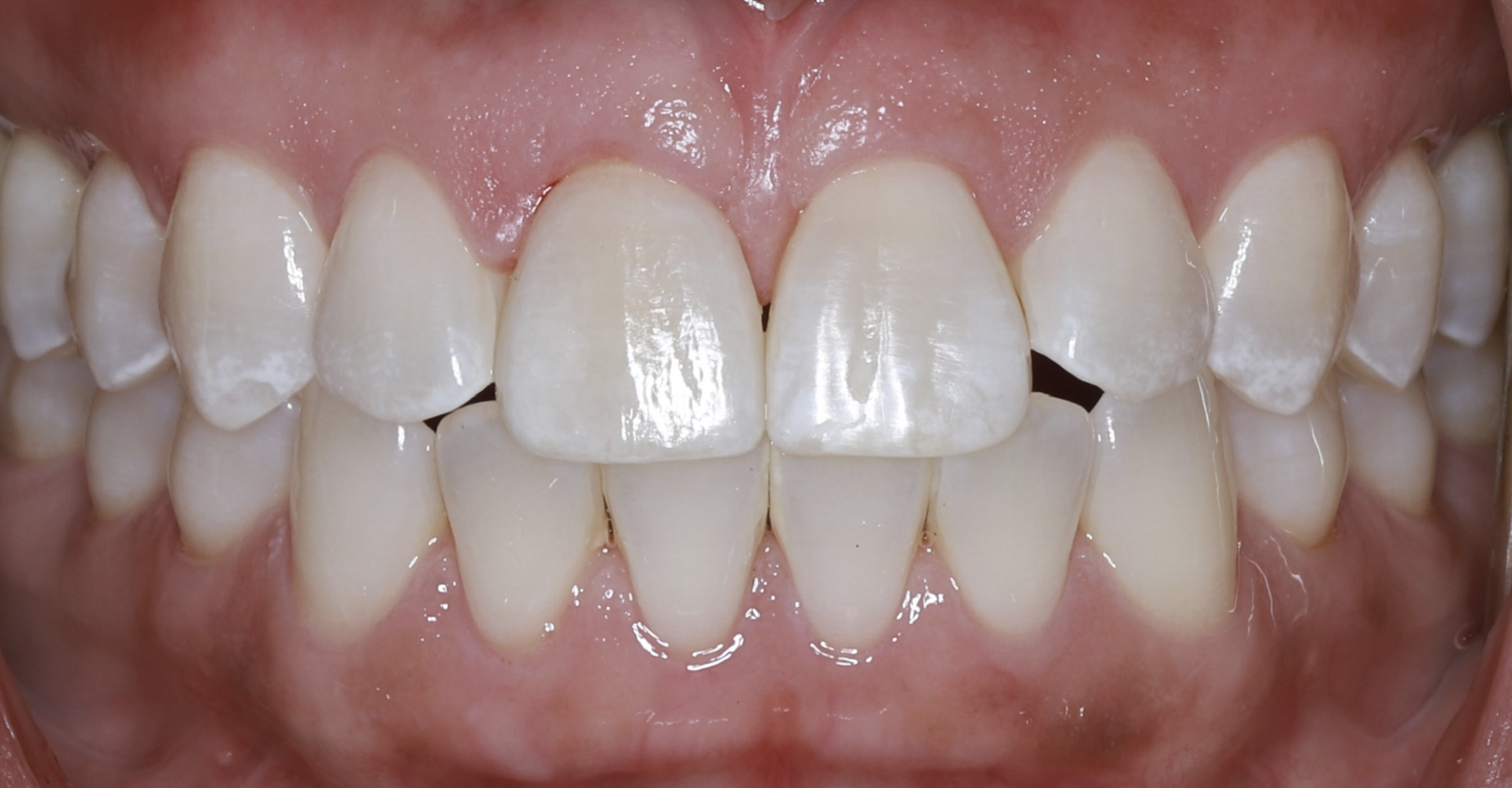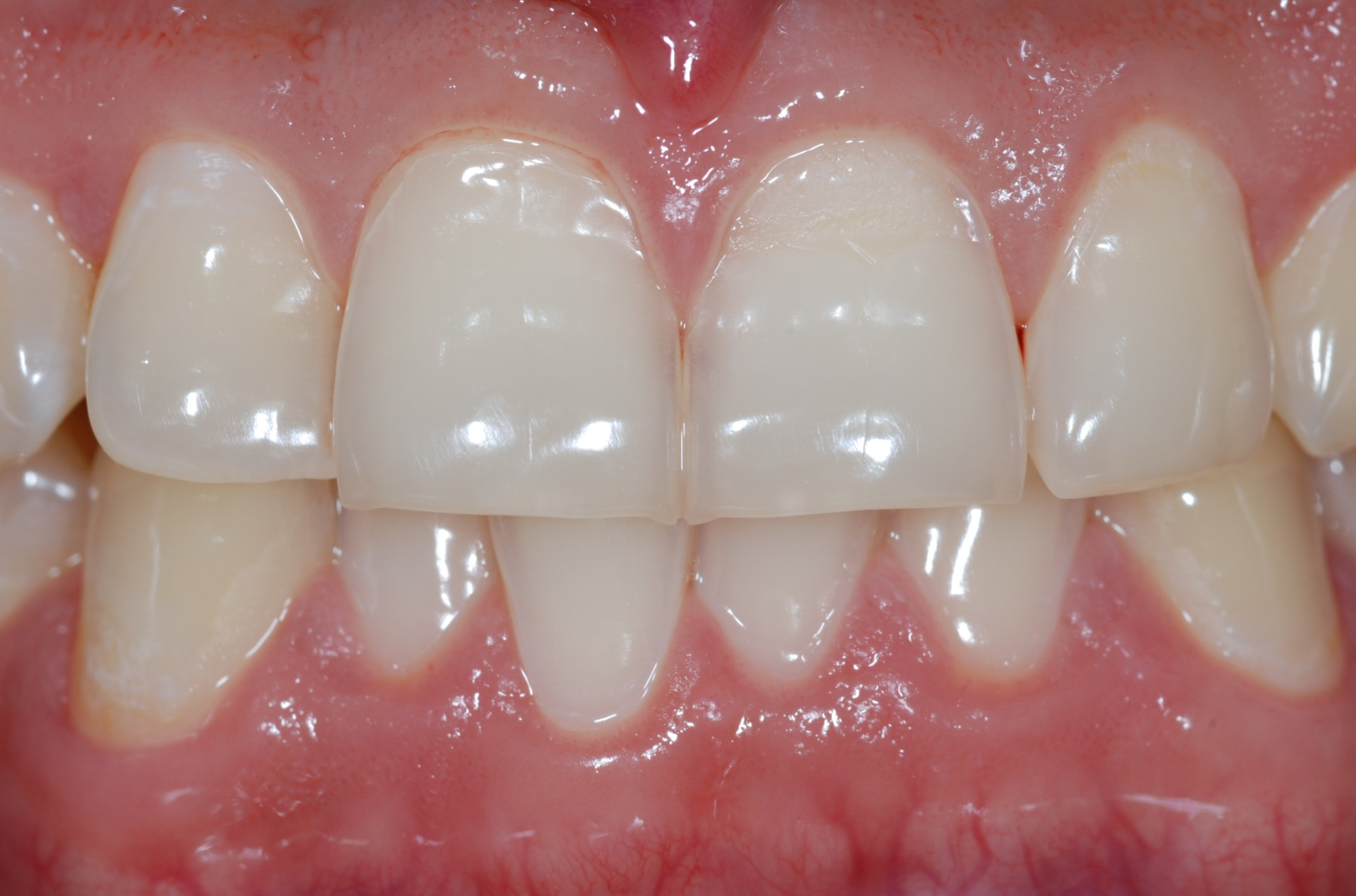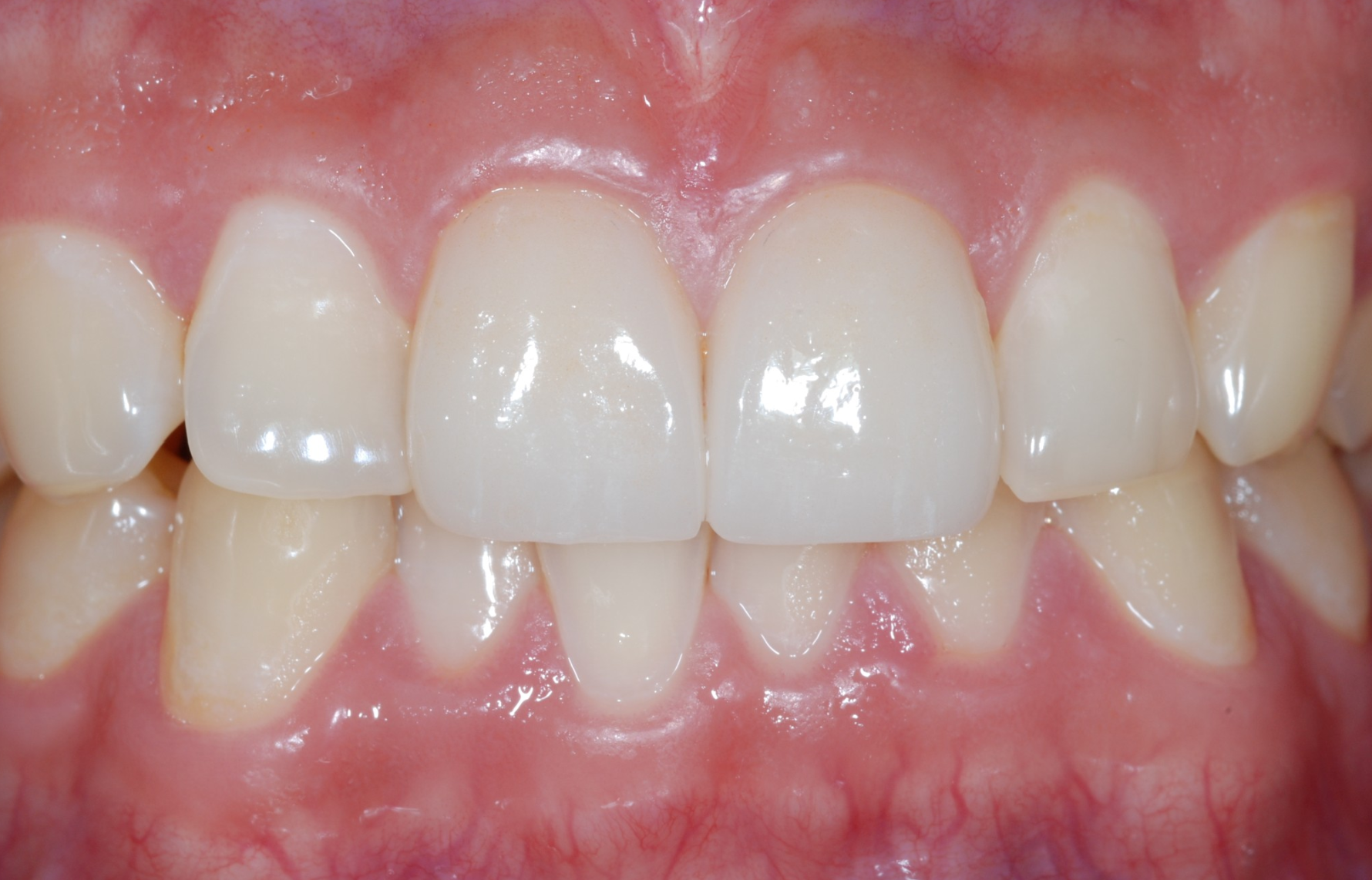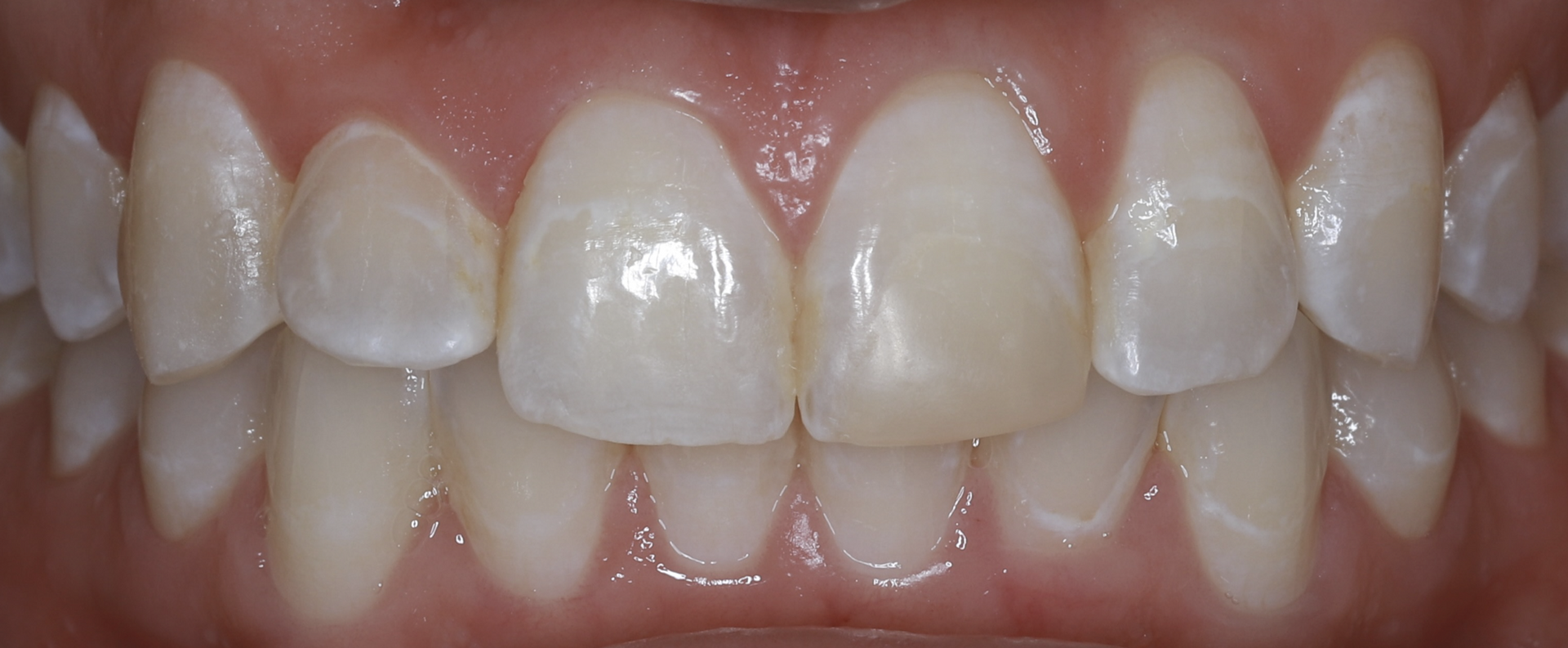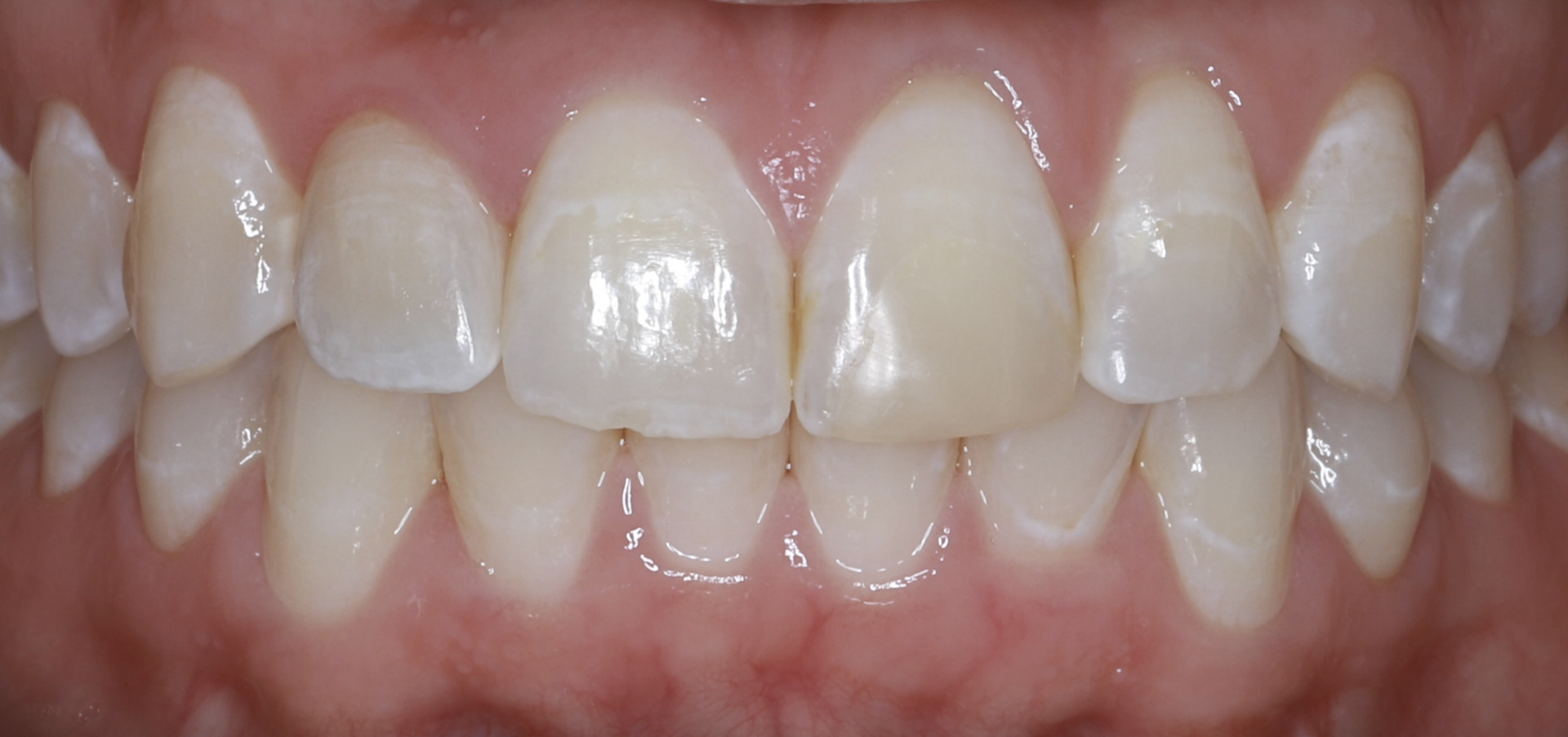Cracked Tooth Care on the Upper East Side (Manhattan)
Why Choose Dr. Min for Cracked Teeth
- Columbia-trained prosthodontist focused on saving teeth and restoring strength and function.
- Award-winning precision and military-honed discipline—expect meticulous diagnosis and calm, clear communication.
- Advanced diagnostics: high-resolution digital X-rays, bite testing, fiber-optic transillumination; CBCT when indicated.
- Restoration-first approach: conservative onlays/crowns, bonded cores, occlusal guards; seamless coordination with endodontists for root canals when needed.
What Counts as a “Cracked Tooth”?
A crack is a line or fracture in the enamel/dentin (and sometimes the root). Some are superficial; others extend into the nerve or below the gumline. Early diagnosis is key to stop progression and pain.
Common Types of Cracks
- Craze Lines: Tiny, superficial lines in enamel; typically cosmetic only.
- Fractured Cusp: A corner around a filling breaks—often fixed with an onlay or crown.
- Cracked Tooth (Cracked Tooth Syndrome): A crack runs from the chewing surface toward the root; pain on biting/release is common.
- Split Tooth: The crack has separated the tooth into distinct segments—prognosis guarded; may require extraction or advanced reconstruction.
- Vertical Root Fracture: Often symptom-light but persistent; usually requires extraction or microsurgical management.
Symptoms You Might Notice
- Sharp pain on biting or release, especially on hard foods.
- Cold sensitivity that lingers; occasional heat sensitivity.
- Pain localized to a cusp when chewing.
- Intermittent discomfort that’s hard to pinpoint.
- Gum swelling or a pimple near the tooth (if the pulp is involved).
Why Teeth Crack
- Large old fillings or undermined cusps
- Nighttime clenching/grinding (bruxism)
- Biting hard objects (ice, nutshells)
- Temperature extremes (very hot followed by very cold)
- Trauma or uneven bite forces
How We Diagnose
- Targeted history (what triggers pain; biting/release pattern)
- Percussion/palpation, bite stick or Tooth Slooth testing
- Transillumination to visualize hidden fractures
- Selective anesthesia to localize pain, when needed
- Digital X-rays; CBCT for complex cases or root involvement
- Dye or magnification to map crack extent (case-dependent)
Treatment Options We Provide/Coordinate
- Bonded Onlay or Crown: Splints cusps and redistributes forces; first-line for fractured cusps and many cracked teeth.
- Root Canal Therapy (if the nerve is inflamed/infected): Performed before final restoration; bioceramic sealers and bonded core.
- Occlusal Guard (Night Guard): Protects from grinding/clenching forces after repair.
- Selective Bite Adjustment: Fine-tunes contact to reduce stress on vulnerable cusps.
- Extraction & Replacement (when non-restorable): Implant crown, bridge, or partial—planned prosthodontically for function and esthetics.
The Process at a Glance
1) Exam & Imaging
Pinpoint the crack source; evaluate restorability and nerve status.
2) Stabilize & Protect
Temporary build-up or same-day onlay/crown prep to stop flexing and pain.
3) Definitive Treatment
Crown/onlay or root canal + crown where indicated; finalize occlusion.
4) Prevent & Maintain
Night guard, dietary coaching (no ice!), and routine checks to monitor.
Comfort & Safety
- Profound local anesthesia with gentle technique
- Rubber dam isolation for clean, precise bonding
- BPA-free, high-strength materials; meticulous moisture control
Cost & Insurance
- Transparent, itemized estimates before treatment
- Coverage varies by plan; most PPOs help with crowns, onlays, and root canals
- We verify benefits and file claims; payment options available
Aftercare Tips
- Avoid biting hard objects on the repaired tooth for several days
- Use your night guard if prescribed
- Call if you feel a high spot or persistent pain—early adjustment prevents issues
- Keep cleanings/exams; small problems are easier (and cheaper) to fix early
Frequently Asked Questions
Can a cracked tooth heal on its own?
No. Enamel doesn’t self-repair; stabilization with an onlay/crown is typically required.
Will I need a root canal?
Only if the crack has irritated or infected the pulp. Many fractured cusps are treated without root canal therapy.
What if the tooth is split?
A true split often can’t be saved as a whole. We’ll discuss segment removal, extraction, and replacement options.
How fast should I act?
Sooner is better. Every chew can propagate the crack, increasing the chance you’ll need a root canal—or lose the tooth.
About Dr. Daniel Min
BA, University of Texas at Austin
DDS, University of Texas (American Esthetic Dental Association award; “Student of the Year” in clinical performance)
MS in Prosthodontics, Columbia University; former part-time clinical professor
U.S. Army veteran; current Army Reserve officer
Member: Academy of Prosthodontics; International Congress of Oral Implantologists
Service Area
Conveniently located on the Upper East Side and serving patients across Manhattan and the greater New York City area.
Call to Action
Feeling a sharp twinge when you bite?
Book a cracked-tooth evaluation with Dr. Daniel Min to stabilize, save, and strengthen your tooth—comfortably and predictably.
